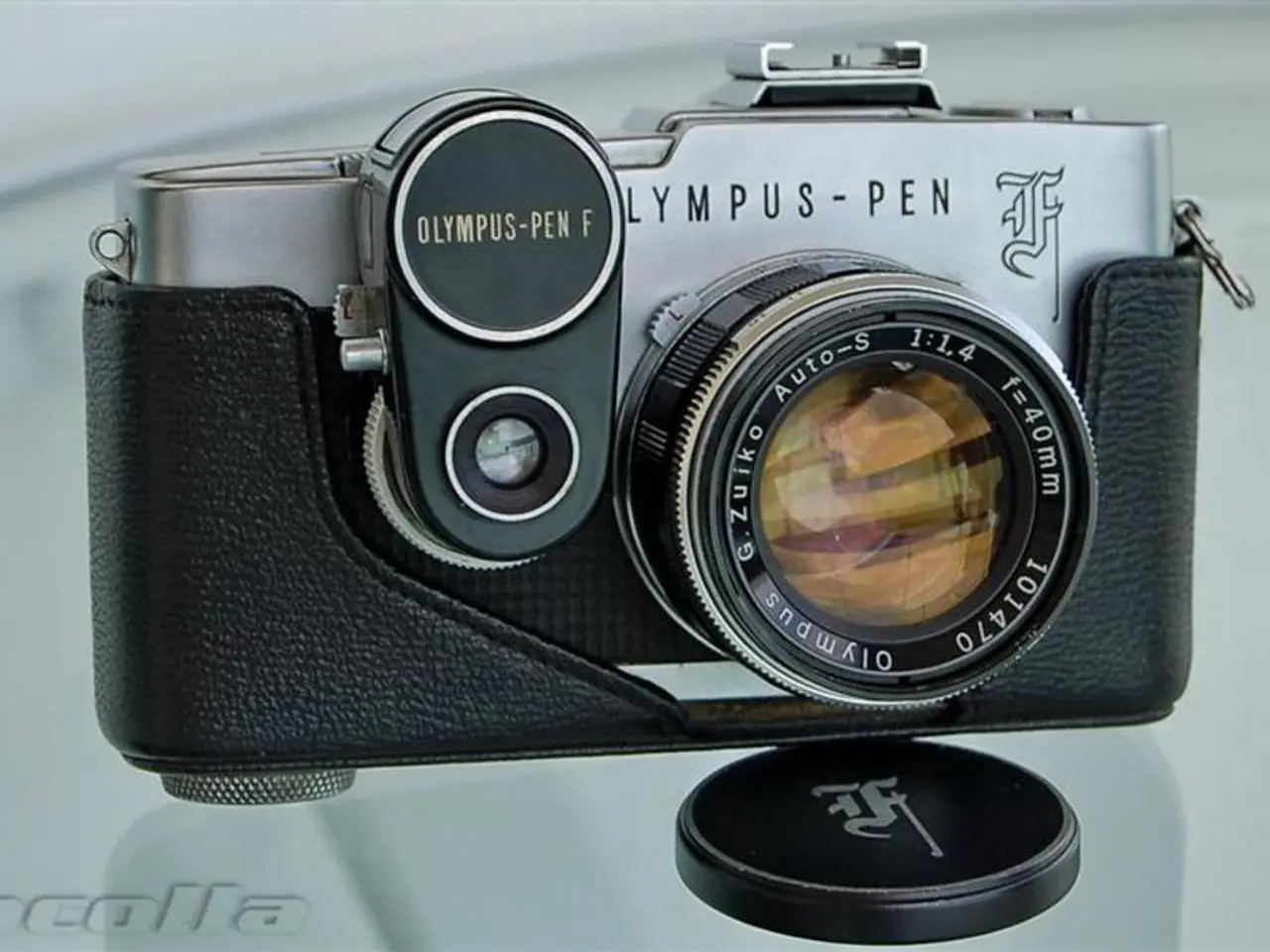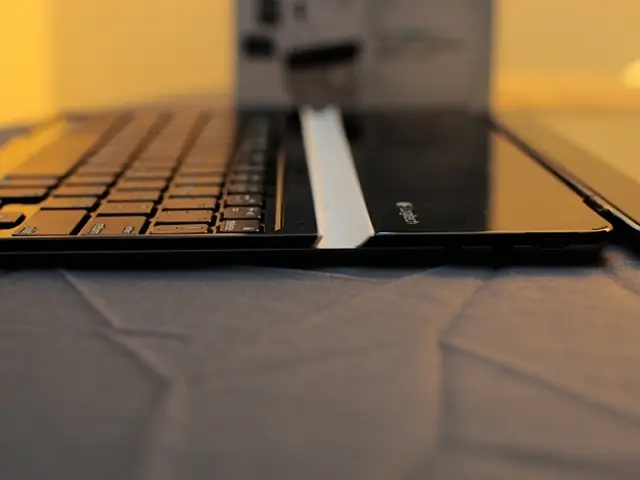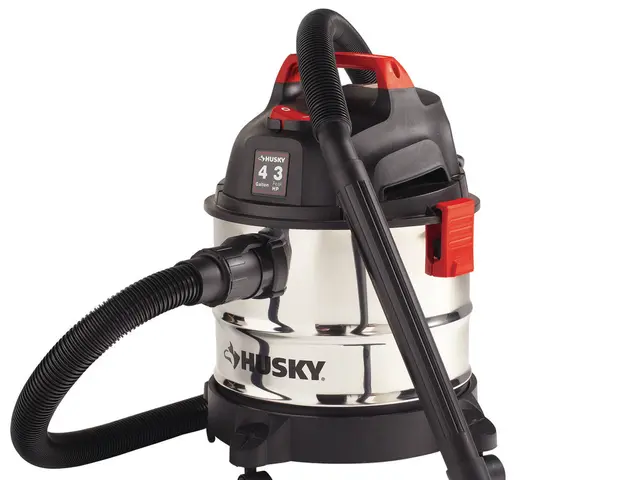Detailed Analysis of Canon 6D Mark II Digital Camera
Canon USA Inc. has announced the release of its latest full-frame camera, the EOS 6D Mark II, scheduled for end of August 2017. This camera, designed for advanced-amateur photographers, boasts a 26.2 MP CMOS sensor and a DIGIC7 Processor. The MSRP of the EOS 6D Mark II is $1,999.00, making it an investment for those seeking superior image quality.
The EOS 6D Mark II is equipped with built-in Wi-Fi, NFC, Bluetooth, and GPS technology, ensuring seamless connectivity and location tagging. It is also dust- and water-resistant, making it a suitable choice for underwater photography.
When considering the Canon 6D Mark II for underwater photography, it's essential to weigh the pros and cons against crop sensor cameras.
### Pros of Full Frame (Canon 6D Mark II) for Underwater Photography
- Superior Image Quality: Full-frame sensors typically deliver better image quality, especially in low light, thanks to larger pixels that capture more light. This results in cleaner images with less noise at higher ISOs, which is beneficial underwater where light is limited. - Better Dynamic Range: Full-frame sensors tend to have a wider dynamic range, helping to retain more detail in shadows and highlights—important in underwater scenes where lighting can be uneven. - Shallower Depth of Field: If using wide apertures, full-frame cameras offer a shallower depth of field, which can help isolate subjects against the often busy underwater backgrounds. - Lens Compatibility: Full-frame cameras accommodate full-frame lenses, allowing use of wide-angle lenses favoured in underwater photography for broader scenes.
### Cons of Full Frame for Underwater Photography
- Size and Weight: Full-frame cameras and their lenses tend to be larger and heavier, making underwater housings bulkier and sometimes more difficult to maneuver. - Cost: The Canon 6D Mark II and compatible full-frame underwater housings tend to be more expensive than crop sensor setups. - Lens Reach and Crop Factor: While full-frame offers wide angles, crop sensor cameras provide a built-in “reach” due to the crop factor (about 1.6x for Canon APS-C). This can be advantageous for capturing small or distant subjects underwater without needing very long lenses or getting very close.
### Pros of Crop Sensor Cameras for Underwater Photography
- Effective Focal Length Increase: The APS-C crop sensor gives a narrower field of view, which provides extra “reach” beneficial for shooting small or shy creatures underwater without disturbing them. - Smaller, Lighter, and More Affordable: Crop sensor bodies and lenses are generally lighter, smaller, and less costly. This can reduce fatigue underwater and the overall expenditure, including the size and cost of underwater housings. - Sufficient Image Quality: Modern APS-C sensors produce excellent underwater images, particularly if you don’t crop heavily in post-processing.
### Cons of Crop Sensor Cameras
- Lower Performance at High ISO: Smaller sensors generally produce more noise at higher ISO settings, which might limit low-light performance compared to full-frame. - Reduced Wide-Angle Capability: Crop sensors make it more challenging to get ultra-wide angles, often requiring specialized lenses, which may increase cost or reduce image quality for wide-angle shots.
### Specific Notes for Canon 6D Mark II
The 6D Mark II, being a full-frame camera, benefits from the above full-frame advantages, such as excellent image quality and good dynamic range, ideal for diverse and challenging underwater lighting. However, when using full-frame lenses underwater on the 6D Mark II, you must consider the size, weight, and expense of the setup, including the underwater housing.
### Conclusion
Choose Full Frame (Canon 6D Mark II) if you prioritize image quality, low-light performance, and wide-angle versatility underwater, and you are ready to invest in the necessary heavier and more expensive gear. Choose a Crop Sensor camera if you prefer a lighter, more affordable, and compact system that provides extra focal length reach for smaller subjects, accepting some trade-offs in low-light performance and wide-angle capability.
Expectations are high for housings from Nauticam, Aquatica, Sea & Sea, Ikelite, and AquaTech for the EOS 6D Mark II. Some popular lens choices for the Canon 6D Mark II include the Canon 16-35 f/2.8 III Ultra-Wide Zoom Lens, the Canon 11-24mm f/4L Ultra Wide-Angle Lens, the Canon 8-15mm Circular Fisheye lens, and other fisheye lens options like the Sigma 15mm and the Tokina 10-17mm fisheye lens. Underwater photo and video shooters on a budget may consider the Canon 16-35mm f/4L or the Canon 17-40 f/4L USM wide-angle lenses.
[1] Reference: Underwater Photography Guide (2017) "Full Frame vs Crop Sensor Cameras for Underwater Photography" [Online]. Available: https://www.underwaterphotographyguide.com/full-frame-vs-crop-sensor-cameras-for-underwater-photography/ [Accessed 15 June 2021].
- The Canon 6D Mark II, with its full-frame sensor and superior image quality, is suitable for underwater photography, particularly in low light conditions.
- For greater detail in shadows and highlights, the Canon 6D Mark II's wide dynamic range is advantageous in underwater scenes.
- With a shallower depth of field, the Canon 6D Mark II can isolate underwater subjects against busy backgrounds.
- Full-frame cameras like the Canon 6D Mark II are compatible with wide-angle lenses, a preferred choice for underwater photography.
- On the downside, full-frame cameras and lenses are usually larger, heavier, and more expensive compared to crop sensor cameras in terms of underwater housings.
- Crop sensor cameras offer extra "reach" for shooting smaller or shy creatures underwater, reducing the need for long lenses or getting very close.
- In terms of cost efficiency and affordability, crop sensor cameras and lenses for underwater photography are generally a better choice.
- For wide-angle underwater photography, smaller sensors in crop cameras may make it more challenging to achieve the desired results, requiring specialized lenses.







